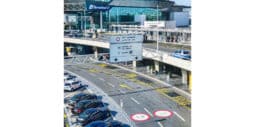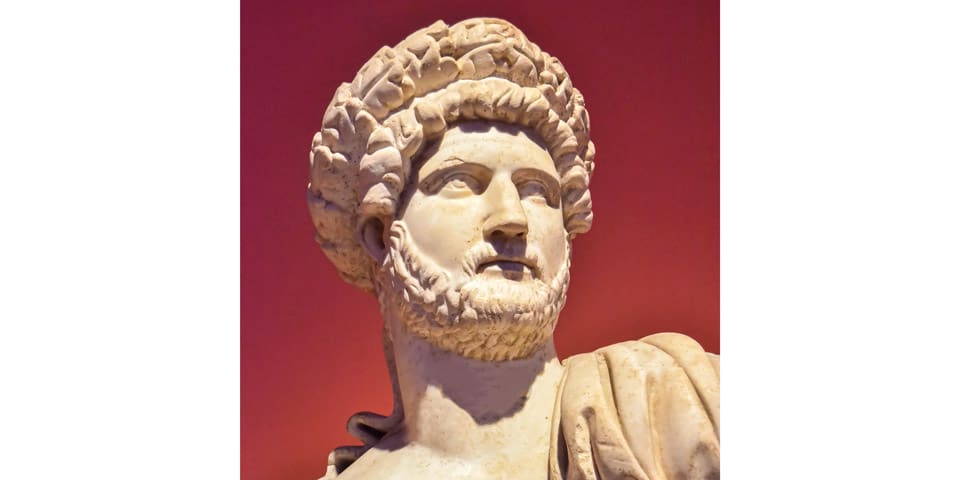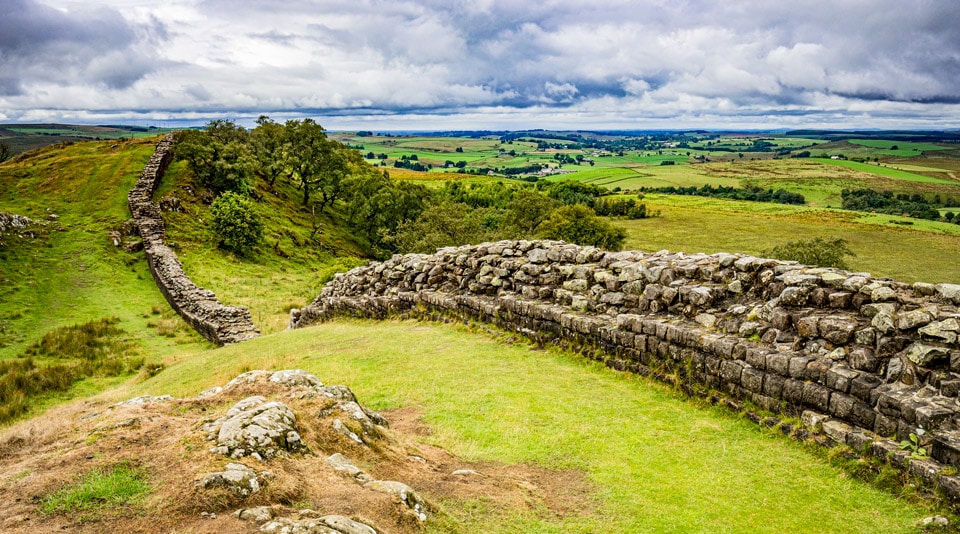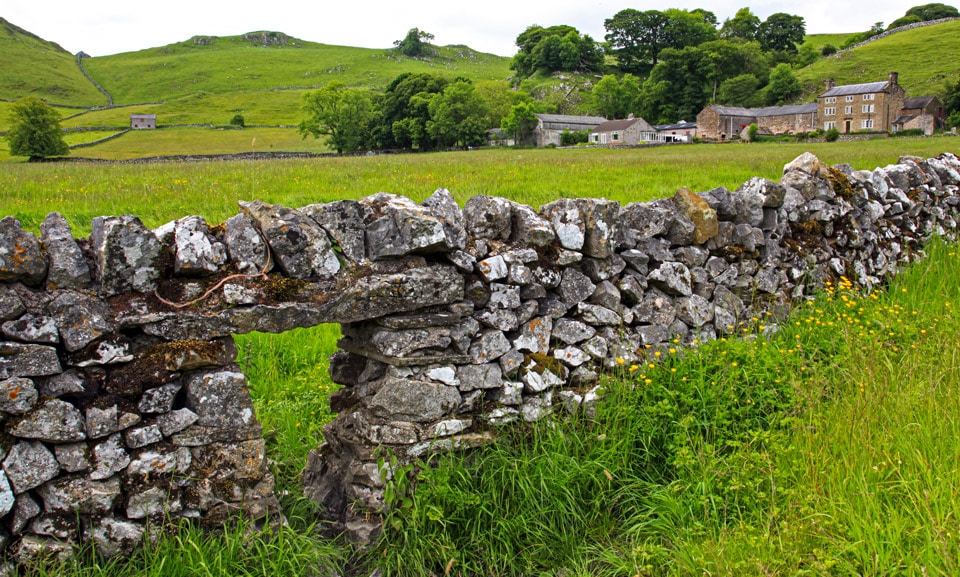

24863 views

Hadrian or Publius Aelius Hadrianus Augustus was a Roman emperor from 117 AD to 138 AD. He was from a Hispano-Roman family. Moreover, he is the third of the Five Good Emperors:
| Name | Reign Dates | Duration of Reign | Age at Death |
|---|---|---|---|
| Nerva | 96 AD - 98 AD | 2 years | 67 years |
| Trajan | 98 AD - 117 AD | 19 years | 63 years |
| Hadrian | 117 AD - 138 AD | 21 years | 62 years |
| Antoninus Pius | 138 AD - 161 AD | 23 years | 74 years |
| Marcus Aurelius | 161 AD - 180 AD | 19 years | 58 years |
Hadrian became famous for his building projects on the territory of the Roman Empire, especially Hadrian’s Wall in Britain.
Before reading this article, test your knowledge on the Frequently Asked Questions about Emperor Hadrian
Contents
Toggle

Hadrian was born in 76 AD near modern Seville, in Italica. His father was Publius Aelius Hadrianus Afer, a senator of praetorian rank. Moreover, Hadrian’s mother was Domitia Paulina, daughter of a notable Hispano-Roman senatorial family from Gades. Hadrian had an elder sister, Aelia Domitia Paulina, and a great-nephew, Gnaeus Pedanius Fuscus Salinator, who became Hadrian’s colleague as co-consul in 118 AD. Hadrian’s father spent most of his time out of Rome.
Hadrian was connected to Emperor Trajan, his father’s first cousin. Also, Trajan adopted Hadrian before his death since the Emperor was childless. Moreover, his parents died in 86 AD, when he was only ten years old. So he and his elder sister became under the guardianship of Trajan and Publius Acilius Attianus. Here is a good video about Hadrian.
Hadrian had passion for Greek literature and culture, which earned him the nickname Graeculus (Greekling).
His wife’s name was Pauline, and they had a daughter, Julia Serviana Paulina.
When Hadrian became a new emperor, he rewarded the legions’ loyalty with the customary bonus. He spent some time in the east, suppressing the Jewish revolt that had broken out under Emperor Trajan. Hadrian was an excellent administrator and devoted himself to the army and its discipline.
Hadrian is known for the fact that he was absent from Rome for the most part of his reign.
Interestingly, Hadrian’s main rivals were close friends of Emperor Trajan, senior members of the imperial council. In 125 AD, Hadrian appointed Marcius Turbo as his Praetorian Prefect. His building projects most notably mark his reign.
Even though Hadrian was highly educated, his policy of peaceful relations was not always followed. In 130 AD, Hadrian visited Jerusalem, which was still in ruins after the First Roman-Jewish War of 66-73 AD. He rebuilt the city following his plan and renamed it Aelia Capitolina Jupiter Capitolinus in honor of himself and the king of the Roman gods. However, when he built a temple to Jupiter on the ruins of the Temple of Solomon, the so-called Second Temple, considered sacred to the Jews, the population rebelled under the leadership of Simon Bar-Kokhbah in what became known as the Kokhbah’s Rebellion (132-136 AD).
Roman losses in This campaign were huge, but the Jewish losses weren’t less significant. By the time the uprising was crushed, 580,000 Jews had been killed and more than 1,000 cities and villages destroyed. Then Hadrian expelled the remaining Jews from the region and renamed it Syria Palaestina in honor of the traditional enemies of the Jewish people – the Philistines. He ordered the Torah to be publicly burned, executed Jewish scholars and prohibited the practice and observance of Judaism.
When Hadrian returned to Rome, he started writing poetry and participating in administrative affairs. He named his successor Antoninus Pius with the aim to make Antoninus adopt the young Marcus Aurelius to follow him. Hadrian died in 138 AD when he was 62. The main reason for his death was a heart attack. The Emperor was buried first at Puteoli, but then Antoninus Pius created the extraordinary Tomb of Hadrian in Rome, and his body was cremated and the ashes placed to the tomb.
Hadrian was traveling a lot. More than half of his reign was spent outside Italy. Hadrian traveled for various reasons if previous emperors left Rome primarily because of wars and then returned to the Eternal City. The Emperor supported the implementation of provincial towns (municipia) and semi-autonomous urban communities with their laws in contrast to the creation of new Roman colonies with Roman constitutions.
Hadrian did a lot of significant building projects. For instance, he established cities throughout the Balkan Peninsula, Egypt, Asia Minor, and Greece. Moreover, the Arch of Hadrian was constructed by the citizens of Athens in 131 AD in honor of the EEmperoras, a founder of the city. The Emperor dedicated several sites in Greece to his lover Antinous, who drowned in the Nile River in 130 AD. The young man’s death affected Hadrian so much that he had him deified. This is the reason why the cult in honor of Antinous grew.
Another important building project was the city of Antinoöpolis in Egypt. In Rome, Hadrian rebuilt many villas and buildings. Most of these constructions survived for centuries. The Emperor had a passion for architecture and took part in project planning.
Hadrian rebuilt famous Pantheon in Rome, which had been destroyed by fire and Trajan’s Forum.
One of the most important projects by Hadrian is Hadrian’s Wall in North Britain.
The building of the Wall was begun in 122 AD. It marked the northern boundary of the Roman Empire in Britain. Since it was long and massive, the Wall was also dedicated to showing the power of Rome. Its original width was 9.7 feet (3 m) and height 16-20 feet (6 m) east of the River Irthing, made of stone, and 20 feet wide (6 m) by 11 feet high (3.5 m) west of the river, made of stone and turf. The Hadrian’s Wall’s length was 73 miles (120 km).
Hadrian’s Wall was built in six years.
Emperor Hadrian was known for his architectural patronage and had numerous structures built in Rome and throughout the Roman Empire during his reign. Here’s a list of notable buildings and structures in Rome attributed to Hadrian:
Perhaps the most famous construction associated with Hadrian outside Rome is the Villa Adriana (Hadrian’s Villa) in Tivoli. This vast retreat showcased various architectural styles from different parts of the empire.
It’s important to note that while Hadrian is credited with these constructions, he often had a team of skilled architects and builders working under his patronage. Moreover, some of these constructions, like the Pantheon, were rebuilds or renovations of pre-existing structures.
Author: Kate Zusmann
This website uses cookies. For more info read the cookies policy
Rome.us © 2025. Created with love by Roman experts and guides.